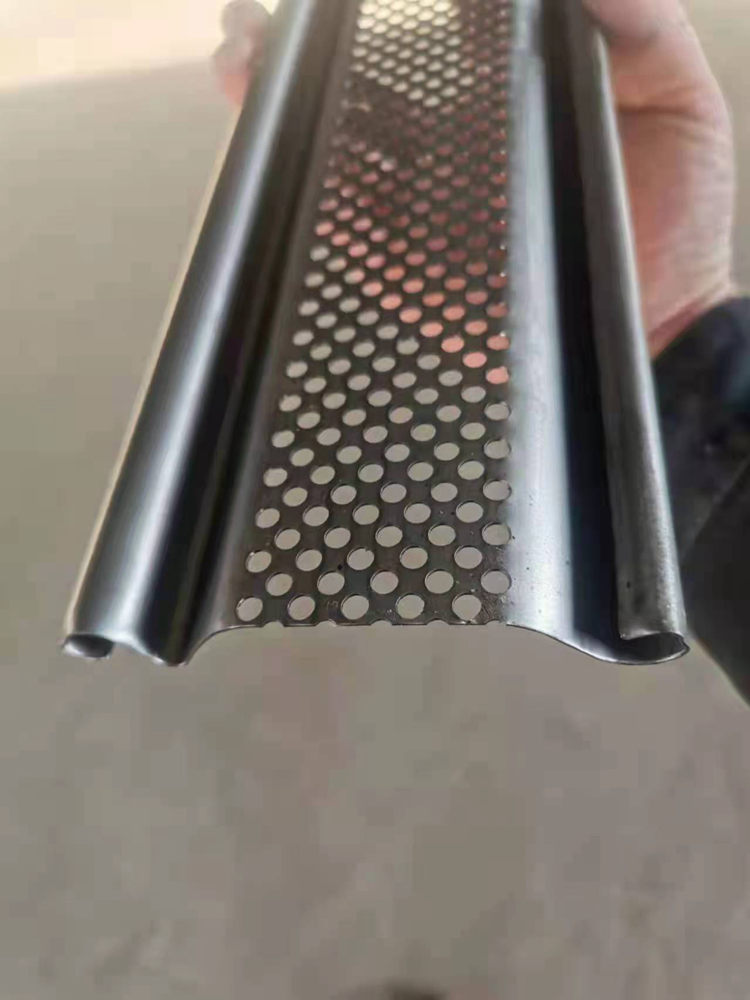
The Main Channel Forming Machine An Overview
In the realm of manufacturing and construction, productivity and efficiency are paramount. One of the revolutionary advancements in metal fabrication technology is the main channel forming machine. This machine has transformed the way engineers and manufacturers produce channels and profiles used in various applications, including construction, automotive, and shipbuilding. By automating the forming process, these machines ensure precision, reduce waste, and enhance overall operational efficiency.
What is a Main Channel Forming Machine?
A main channel forming machine is a specialized piece of equipment designed to produce metal channels from flat steel sheets or coils. The machine processes the material through a series of rollers that shape it into the desired channel profile. These profiles can vary in size and specification, tailoring to the demands of different projects. The ability to create various shapes and sizes makes the main channel forming machine an invaluable asset in many industries.
How Does It Work?
The operation of a main channel forming machine typically involves several stages feeding, piercing, rolling, and cutting. Here’s a brief breakdown of each step
1. Feeding The flat steel sheet or coil is fed into the machine, either manually or automatically. The feeding mechanism ensures that the material is aligned correctly for the subsequent processes.
2. Piercing In many cases, the forming process begins with piercing holes into the metal sheet. This is essential for applications that require fastening or joining the channels later on.
3. Rolling The heart of the forming process takes place here. The machine employs a series of precisely aligned rollers that gradually bend the flat material into the desired shape. This stage requires careful calibration to ensure the dimensions of the resulting channel are accurate.
4. Cutting Once the channel has been formed, it is then cut to length. This can be done with a variety of cutting mechanisms, including shearing or sawing, depending on the machine's design.

5. Finishing After cutting, the finished channels can undergo additional processes such as deburring, coating, or inspection, ensuring quality and readiness for use in various applications.
Advantages of Using a Main Channel Forming Machine
1. Increased Efficiency The automation of the channel formation process greatly reduces the time taken to produce each unit compared to manual methods. This leads to increased throughput in manufacturing environments.
2. Precision and Consistency These machines are designed to produce exact dimensions consistently, minimizing errors and the need for rework. This precision is crucial in industries where the integrity of structural components is paramount.
3. Reduced Material Waste The controlled forming process allows for better utilization of materials, reducing scrap and waste in comparison to traditional methods.
4. Versatility Modern main channel forming machines can be programmed to produce a variety of profiles and sizes, making them adaptable to different projects and customer requirements.
5. Cost-Effectiveness While the initial investment in such machinery can be significant, the long-term savings in labor, materials, and efficiency often justify the cost.
Conclusion
The main channel forming machine represents a significant leap forward in the metal fabrication industry. As manufacturing demands continue to evolve, these machines will play an essential role in ensuring that production remains efficient and meets the stringent requirements of various sectors. Their ability to combine high precision, speed, and versatility makes them a critical tool for manufacturers looking to stay competitive in a fast-paced market. With ongoing advancements in technology, the future of channel forming machines looks promising, promising even greater efficiency and capabilities that align with the needs of modern industry.